- Home
- slideshows
- miscellaneous
- Amazon, Walmart, and others sell fake products online - here's how to avoid getting duped
Amazon, Walmart, and others sell fake products online - here's how to avoid getting duped
1. Know who's selling the product

2. If it's not coming from the retailer, look up the seller
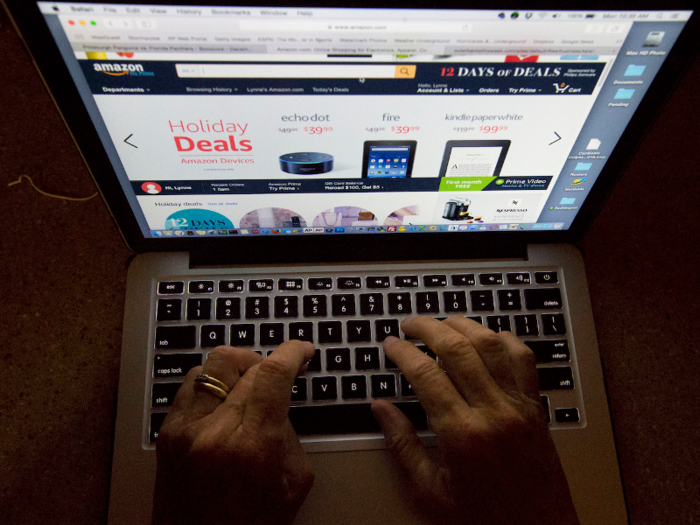
"You can look to see if something is sold by or fulfilled by that particular website. If it's fulfilled by that, [it] doesn't mean that website is selling it to you, it means that they are getting the product to you, but it's coming from a third party," Gianopoulos said, adding you should look for a customer service phone number and address in case you need to return the product.
Find the seller via the website's product page, check out their profile, and even Google them — a lack of online presence is worth noting.
Michael Crider of How-To Geek cautions against a "just launched" badge on a seller's profile, as scammers often run multiple accounts for short periods of time — and against odd names. In an attempt to slip through counterfeit defenses, scammers will use random groups of characters for their name.
"If the name of the vendor is something that looks like it was typed by a drunk monkey, it's probably fake," he writes.
2. Spot the fake reviews

Sometimes, the telltale sign of a fake a product is a fake review. Just because an item has five-star ratings doesn't mean it's authentic. On the contrary, a high number of positive reviews can be a red flag.
Don't be fooled by a "verified purchased" tag on Amazon — while it helps establish credibility, sellers cheat the system by hiring businesses to create dummy accounts, purchase products, and write a stellar review.
You can use online tools to help determine the legitimacy of a review, such as Fakespot, which provides a score regarding the likelihood of fake reviews for a product.
But, you don't always need the help of an online service — there are a few warning signs you can spot with your own eye.
Wirecutter points out that a lot of positive reviews within a few days can indicate people pushed for reviews to happen on a timeline. Poor spelling and grammar, similarly staged user photos, and similar wording can also be warning signs, as can certain words and phrases — think high usage of first-person singular, verbs, and adverbs as well as specifics, like references to people or exact details.
3. Look into shipping logistics
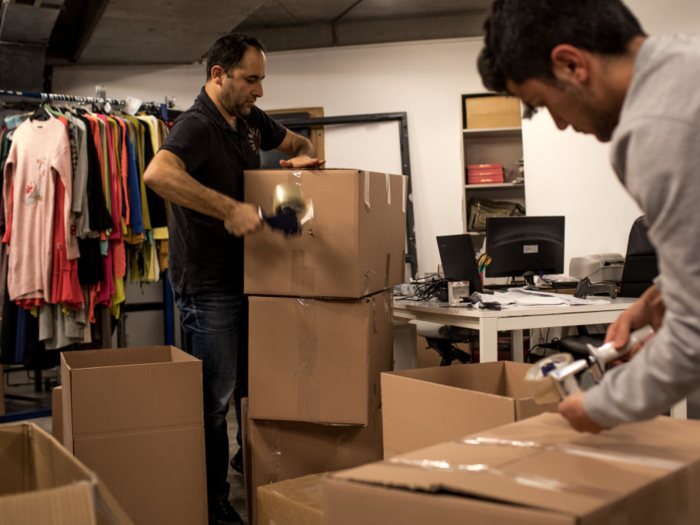
Another red flag waves in the form of extra-long ship times, especially on Amazon where third-party sellers don't see their sales in their bank accounts for fourteen days.
A new vendor with fake merchandise has to maintain their account for at least two weeks, so they'll schedule shipping time for longer than the Amazon processing time to prevent consumer complaints.
Also look from where the product is shipping. "I don't want to pick on China, but that's where most of the counterfeits are coming from," James Thomson, a former Amazon executive, told MarketWatch.
4. Examine product photos
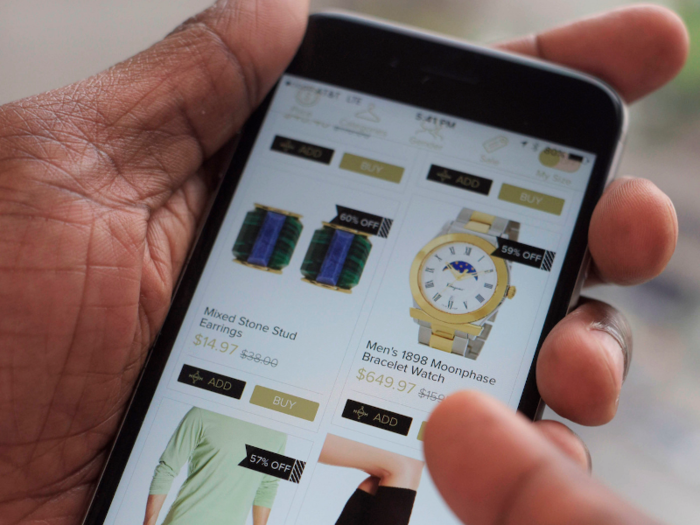
In the age of Photoshop and technology, it's easy for a scammer to edit or steal a photo to make their product look authentic.
Stuart Fuller, director of commercial operation and communications at global brand protection firm NetNames, recommends downloading an image and using Google's reverse image search to see if the photos were taken from another site.
He also suggests contacting the seller to ask for more photos. If they won't provide their own photos, there's probably a reason behind that.
5. Watch out for unrealistic deals
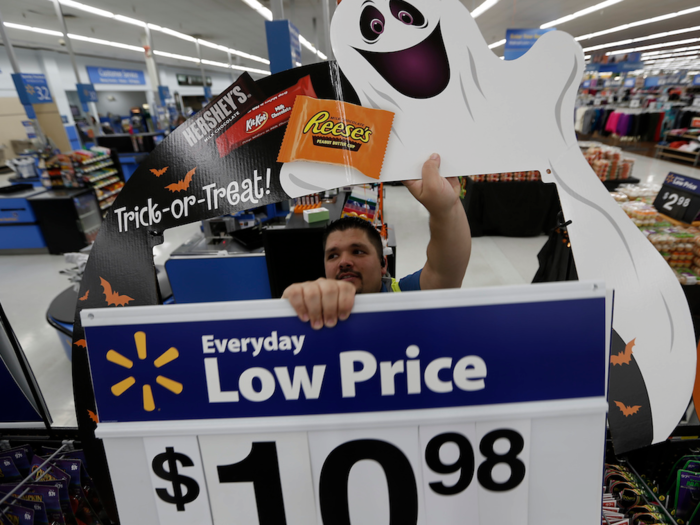
Ryan Robison of detective agency the Robison Group told MarketWatch that the biggest telltale sign of a counterfeit item is the price.
"Almost always, the incentive for people to buy [suspect goods] is that they're cheaper," Thomson explained. "But the reason they're cheaper is because they haven't been tested and certified."
In an interview with NewBeauty, Kelly McCarthy, partner at intellectual property and brand protection group Sideman & Bancroft, advised avoiding the temptation to purchase beauty products from convenient online locations — instead, buy them directly from the brand or department store.
"If you see a 'deal' on beauty products and the sale is not happening in a store that you know is an authorized seller, you are definitely raising your risk that the product is fake," she said. "If the pricing looks too good to be true, it probably is."
6. Inspect the product for suspect packaging
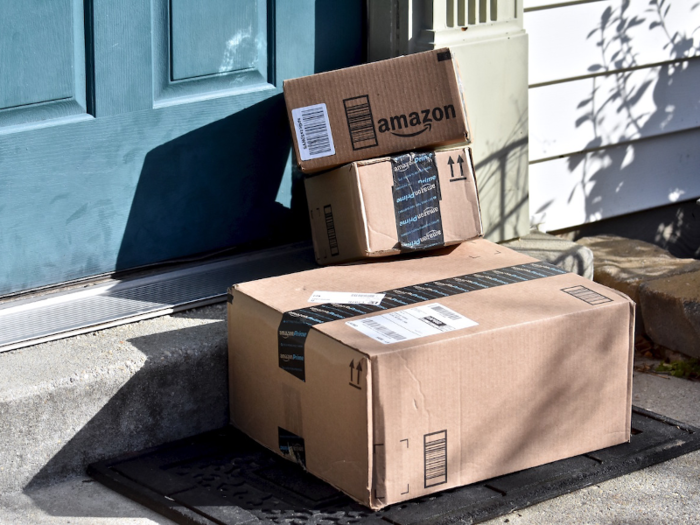
If you've done all the above and decided the product should reach your doorstep, your inspection shouldn't stop there.
goVerify on eBay has a few guidelines on what to look for when determining the authenticity of a designer item, as do YouTube videos comparing dupes with their legitimate counterparts.
There are a few general tricks you can look for — tags, typos, misspellings, and poor printing should all be on your radar. Packaging should include all the retail packaging for new products, such as manuals or printed materials, and UPC barcodes.
Bharat Dube, chief executive of brand protection agency Strategic IP information, told MarketWatch suspect packaging "can be basic things such as not having plastic covering on the hand bag's handle."
If something looks off, return it and contact customer service to seek a refund.
Popular Right Now
Popular Keywords
Advertisement